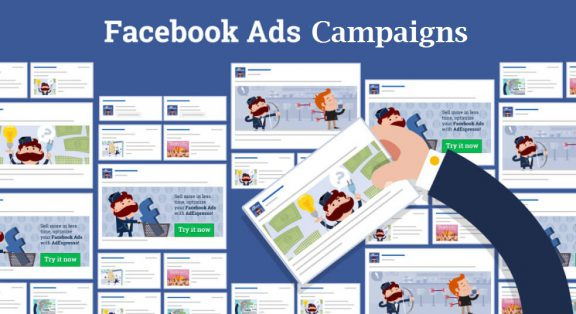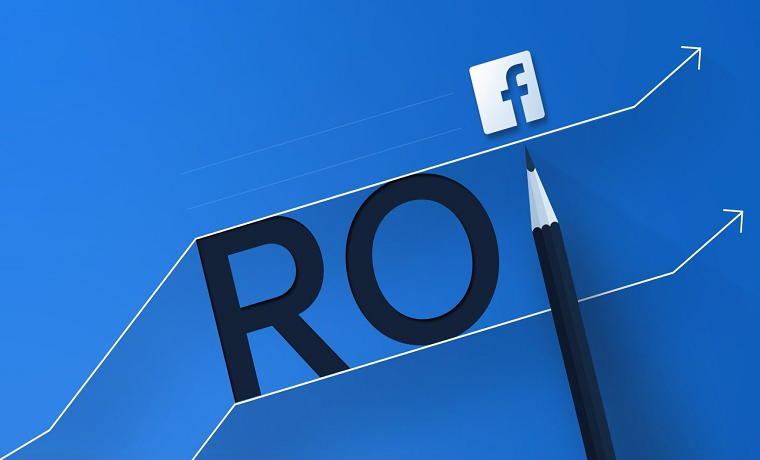When it comes to offering the ability to broadcast your message to a large audience, there are few platforms that can compare with Facebook. The site has more than one billion daily active users, and this includes people with a wide range of different interests and in all demographic groups.
With so many active users and a great set of advertising tools, Facebook ads can work to promote almost any business. However, it’s important to know how to maximize the ROI of each campaign. If you are able to, partnering with a Facebook advertising agency like AmazeLaw , is a foolproof way to take advantage of all the platform has to offer. If not, here are a few tips for companies that are looking for ways to increase the ROI of Facebook ad campaigns internally.

Refine Your Target Audience
Developing great ads is obviously an important part of success with any marketing campaign, but you need to make sure they are reaching the right people. Advertisers need to learn about their audience, their interests, and the types of content to which they will respond.
Developing a buyer persona is an ideal way to select the right audience. When thinking about who you’d like to market your product or service to, think about the customer most likely to need or want it. Are you looking to advertise your photography business? Think about targeting audiences based on major life events, such as new parents, couples who recently got engaged, or graduates that may be looking for professional headshots.
Once you have a defined audience, you can use Facebook’s targeting options to select the traits that match your group. After launching your campaign, you can also use the reports to track your success with reaching your target audience.
Save Underperforming Ad Sets
You don’t want to be too quick to terminate an ad set that is not performing well. It may seem like a cost-saving measure, but there might be a way to salvage these underperforming ads. You just need to look to the available information to make adjustments.
To do this, you will need to go to your reports and look at the numbers on an individual basis. Each ad performs differently, and you might come across one specific ad that is not getting a lot of conversions or one that has a high cost per conversion. Once you dig deeper into the data, you might see that it is not doing well among a specific group. With this knowledge, you can then edit the ad to make it more appealing to that audience.
One example of a brand that experimented with different ad copy to determine which would be more successful is DaPulse (now named Monday). They kept the design and call to action of the ad the same, but changed the copy in order to determine how best to optimize their return.
Optimize for the Most Important Metrics
A variety of different metrics can be important for Facebook ad campaigns, but there are usually just a few that indicate your general success toward reaching your goal. If you want to be able to optimize your campaigns and maximize ROI, you have to identify and track the metrics that are most relevant. Generally, these include Conversions, Frequency, Return on Ad Spend, Cost per Click (CPC) and Click Through Rate (CTR), and Cost per Action.
As an example, think about ads that are trying to sell a product or service. You might have three ads in the set, and they might all have comparable CTRs. However, when you look at the conversion rate, you see that one ad is not performing well.
The high click-through rate is nice, but if it is not getting conversions, it’s not helping you reach your goal. Once you identify this issue, you can then make appropriate adjustments to the campaign. Here, you can either choose to increase your budget or ease new customers into the sales funnel. After familiarizing them with you and your products, you can retarget these users to convert them at a low cost.
Look Deeper than Cost Per Conversion
Cost per conversion can be a good metric to tell you the value of an ad campaign, but it can also be deceptive. If you are tracking multiple types of conversions, the report will group them all together to calculate cost. This can lead to a report that shows a low cost per conversion when it might not actually be performing particularly well on the most important campaign metric.
When you run an ad with multiple conversion types, you need to break down the information for each type of conversion. If you don’t look deeper, you could get a false impression about how well the campaign is performing.
An underperforming ad is one that doesn’t succeed in helping you achieve your set goal or that is getting poor response rates. This could mean that your campaign is irrelevant to your audience. You can check to see your relevancy score on Facebook; the higher the number, the more well-performing it is.
Facebook Ads Manager allows marketers to separate data gathered from campaigns. When you customize columns, you can go further and segment categories at a high level. This allows you to see exactly what is and isn’t working within a given category.
It can provide revealing insights, too: imagine one version of your ad got 12 conversions, while the other only got 9. Without looking deeper, you may automatically assume the first version is the better performing ad. However, pay close attention to metrics like the ‘performance and clicks’ report. You may find that the latter version had a smaller reach and higher CTR than the first, making it the more successful ad.
Wait for Enough Information to Come In
Social media managers sometimes make the mistake of turning ads off before they’ve received enough information to make an accurate judgment. They see that it did not receive great results in the first 24-48 hours, and shut it down in order to save money. But, for most Facebook ads, the first day or two will not produce a large enough sample size to give an accurate sense of what to expect.
Instead of setting a deadline based on time, you should evaluate your results based on the number of impressions. As a rule, you should wait until you have at least 1,000 impressions before you consider shutting the ads down or making changes.
Once you’ve reached 1,000 people, you can look at the Cost per 1,000 Impressions (CPM). This number determines the cost-effectiveness of a campaign, and is used to compare performance from one ad to another. The lower your CPM, the more effective your campaign. Additionally, the more people that see the ad, the more accurate your representation of the audience response will be.
Manage Your Ad Frequency
Careful management of ad frequency can make a significant difference in the effectiveness of an ad campaign. If people don’t see your ad often enough, they might not remember it. However, if they see it too many times, users might choose to hide your ad, hurting your relevance score.
The key is to have your ads shown enough so they stick in the mind of potential customer, but not so much that they decide to have your ad removed from their feed. Facebook has put together data to determine general best practices, although the right number for your own campaigns will vary depending on your industry, message, and type of ad.
A good way to gauge your frequency is to divide impressions by reach. This will tell you the audience average for the number of times the ad has appeared.
While it may seem difficult, boosting the ROI of your Facebook campaigns is relatively straight forward. Paying close attention to your ads and testing what does and doesn’t work well can help you optimize your strategy. Follow the above tips, and you’ll soon be building your best Facebook campaigns yet

